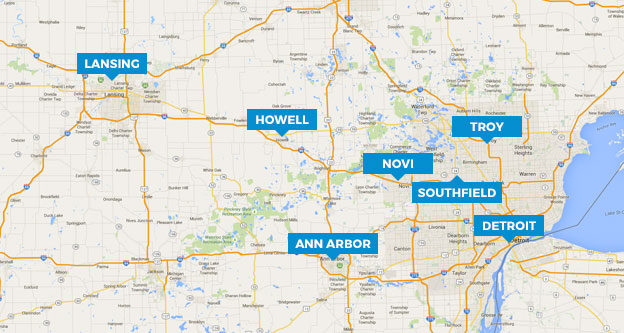IRS Penalty Removal Cases
Select a Category to Read Real Cases Specific to You:
The IRS will remove penalties in certain circumstances, but will not remove interest. In order to qualify for penalty removal, you will need to provide evidence that you did not comply with your tax obligations due to reasonable causes, and not due to willful neglect. If you do not qualify for penalty abatement due to reasonable cause, you may still qualify for First Time IRS Penalty Removal.
We review every client’s case for IRS Penalty Removal and fully evaluated the situation to determine if the stated reasons fit the rules for IRS Penalty Removal. If you do qualify, we will build a comprehensive case under the IRS guidelines for IRS Penalty Removal.
IRS Penalty Removal - Individual Case
The client claimed too many exemptions on wages. As a result, the client did not pay sufficient federal withholdings and owed about $10,000 in taxes, including about $2,500 penalties. The client hired us to prepare the current-year tax return and help with the tax balance.
- We helped the client prepare and submit a letter discussing the impact of the spouse passing. The letter explained why the taxpayer failed to comply with the tax obligations due to reasonable cause and not due to willful neglect. We added First Time IRS Penalty Removal Provision language in the letter, so the client could still qualify for First Time IRS Penalty Removal if the IRS did not accept the reasonable cause.
- The IRS agreed to remove all tax penalties.
- We review client’s account to confirm IRS Penalty Removal, and noticed that some but not all of the penalties had been removed.
- We called the IRS Service Center for explanation. After some discussion, we submitted a new letter.
- The IRS did not adjust the client’s account in a timely manner, so we called the IRS Taxpayer Advocate for assistance.
- All IRS penalties were removed.
The client was happy with the results. The amount of penalties removed more than covered the fees for our tax resolution and preparation services. We continue to work with the client by preparing yearly personal income tax returns.
IRS Penalty Removal - Self-Employed Case
The self-employed client owed about $12,000 in back taxes. This included about $2,500 of tax penalties. The client had not filed a tax return for the past two years. We were hired to prepare the missing tax returns, address the tax penalties, and set up an arrangement with the IRS.
- We fully analyzed the client’s IRS tax account and found that the client qualified for First Time IRS Penalty Abatement.
- We prepared the missing tax returns. The client was owed a refund for one of the missing tax returns and owed less than $10,000 for the other missing return
- The IRS accepted our request for the first time penalty abatement. The IRS removed about $2,500 in penalties. This resulted in the client owing about $7,500 to the IRS.
- We called IRS and arranged a 72-month installment agreement for the client at $150 per month.
The client was happy with the results. The amount of penalties removed more than covered our fees for preparing the tax returns and requesting penalty abatement relief. We continue to work with the client preparing yearly personal income tax returns.
IRS Penalty Removal - Business Case
The client owned a business which was started by the client’s spouse. The client’s spouse passed away from cancer after many y ears of fighting the disease. The client was deeply affected by this loss. The client kept the business running but did not have the same passion for the business as the spouse had had. The business began to falter, so this client cashed out a 401K to keep it going, which caused a $55,000 tax balance. The client did not qualify for a Tax Settlement. The client could afford an IRS Installment Agreement, but wanted some tax relief for $12,000 of failure to pay IRS penalties.
- We helped the client prepare and submit a letter discussing the impact of the spouse passing. The letter explained why the taxpayer failed to comply with the tax obligations due to reasonable cause and not due to willful neglect. We added First Time IRS Penalty Removal Provision language in the letter, so the client could still qualify for First Time IRS Penalty Removal if the IRS did not accept the reasonable cause.
- The IRS agreed to remove all tax penalties.
- We review client’s account to confirm IRS Penalty Removal, and noticed that some but not all of the penalties had been removed.
- We called the IRS Service Center for explanation. After some discussion, we submitted a new letter.
- The IRS did not adjust the client’s account in a timely manner, so we called the IRS Taxpayer Advocate for assistance.
- All IRS penalties were removed.
The IRS initially removed $2,000 of tax penalties. We then fought to get the remaining $10,000 of tax penalties removed.



